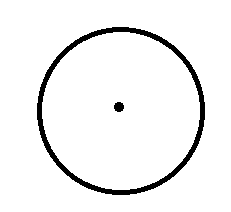Welcome to StackExchange! The area that is being referred to here is the area over which the power is "passing through". Using the Germany example, the simplest way to explain what I mean is that if the power is emitted uniformly in all directions, which is at least somewhat close to how speakers usually operate due to diffraction and their small size. The "three times the land area of Germany" would be the surface area of a sphere that is centered on the source of the power, and the distance you could stand from the source and just be able to hear it would be the radius of that sphere, which would be $\sqrt{\frac{10^{12} \text{m}^2}{4\pi}} \approx 282 \text{ km}$. While this is mindblowing, I think that it somewhat obscures the more relevant quantity, which is what is the minimum power that an ear can register. If you know the surface area of someone's tympanum, you can multiply that with the minimum intensity and obtain the minimum power that a person's ear can register.
One of the reasons that this is a bit mindblowing is that it's counter to our experiences and intuitions about the way things work in the world, which should get us thinking. Concert speakers can be thousands of Watts, and you need only to get a few miles away and you can't hear it at all. This is because the sound energy is dissipated and absorbed by the air as it propagates https://en.wikipedia.org/wiki/Acoustic_attenuation. Different media have different amount of dissipation, and different frequencies fall off at different rates as well. Elephants can produce very low frequency sound which transmits through the ground to communicate over long distances https://www.elephantvoices.org/elephant-communication/acoustic-communication.html because low frequencies are not strongly attenuated in dirt.
This is why I said that this distance is not very relevant, it doesn't tell you actually how far away you can be and still hear. However, the minimum intensity can help you design earbuds, because there is hardly any distance for attenuation to occur over.
I hope this helps and I'd be happy to elaborate further, cheers!

